Forex Essentials in 15 Trades: The Global-View.com Guide to Successful Currency Trading
$10.91
| Author(s) | , , |
|---|---|
| Format |
|
| Pages |
335 |
| Publication Year |
2009 |
Forex Essentials in 15 Trades takes a new and different approach to teaching the basics of currency trading. The three authors combined have nearly 100 years of experience in the markets; our experiences are from different perspectives and vantage points. What we have in common is that our insights come from the perspective of a trader. Many books are available on learning the mechanics and language of FOREX, but reading this book along with the resources on the Global-View.com web site will give you a unique, in-depth perspective on currency trading.
Introduction:
This book is divided into three parts. Part One provides a substantive back-ground in FOREX basics, money management, fundamentals, technical analysis, and what it takes to be a successful trader. Part Two details 15 of author Mike Archer’s trades, showing how theory might be translated into practice. Part Three is a compendium of articles written by the authors to supplement Parts One and Two.
Part Two analyzes 15 FOREX trades to let the reader see the book’s concepts in action and to get inside a trader’s mind as he sifts information, seeks candidate trades, makes a trade, monitors it, and finally conducts a postmortem of the trade. These are all real trades made by author Mike Archer. Part Two begins with his Snowflake heuristic for finding trades (Chapter 8) and describes his two primary trading methods, the Goodman Swing Count System and market environments (ME).
Part Three is a compendium of readings primarily from the Global-View web site. These articles supplement the Part One and Part Two chapters. For example, you may even wish to skim Chapter 27 (GSCS basics) and Chapter 28 (ME applications) before reading Part Two. Appendix A, GVI’s “Common Sense for Traders Checklist,” provides more perspective to the reader for both the FOREX basics and the money management chapters in Part One.
This book also offers two unique learning tools: “The Inside Scoop” and GVI Snippets. Most traders never know or learn more about the markets than they see on their broker-dealer’s trading platform or hear from a news squawk box. The professional’s edge is in seeing the hidden structures behind market movements; herein we attempt to peer through that window with “The Inside Scoop.” Following is an example:
Contents:
- An Introduction to FOREX
- The Importance of Money Management
- Technical Trading
- Fundamentals for FOREX Trading
- Trading the News
- Trader Profiles
- Selecting a FOREX Broker
- Heuristic-Based Trading
- Currency Futures Trading Basic
- FOREX Lessons from Shanghai BC
- Introducing the Mundo—The Synthetic Global Spot Currency
- A New Introduction to the Goodman Swing Count System
- Market Environment (ME) Applications
Forex Essentials in 15 Trades: The Global-View.com Guide to Successful Currency Trading By John M. Bland, Jay M. Meisler, Michael D. Archer pdf
10 reviews for Forex Essentials in 15 Trades: The Global-View.com Guide to Successful Currency Trading
Clear filtersOnly logged in customers who have purchased this product may leave a review.

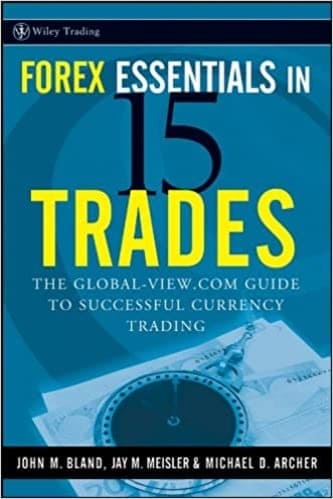
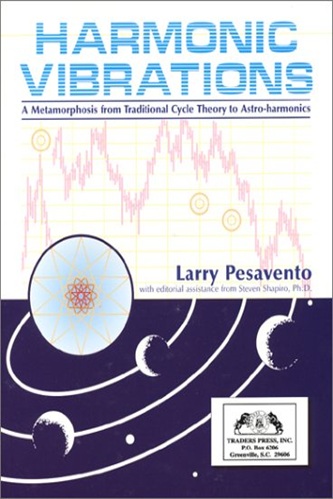
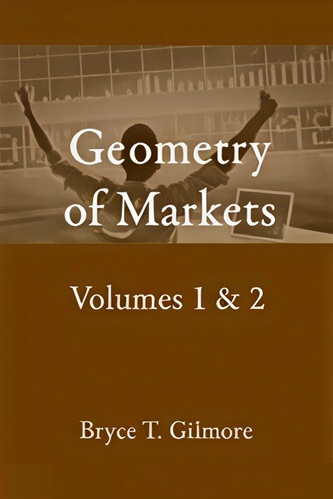
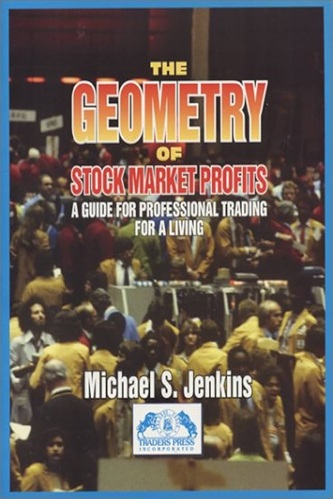
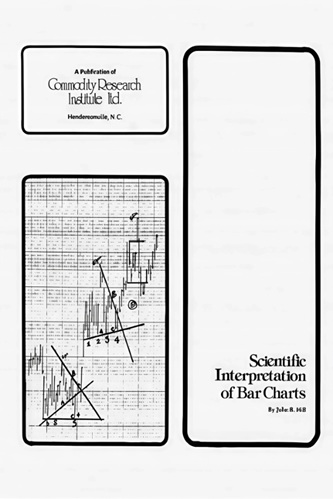
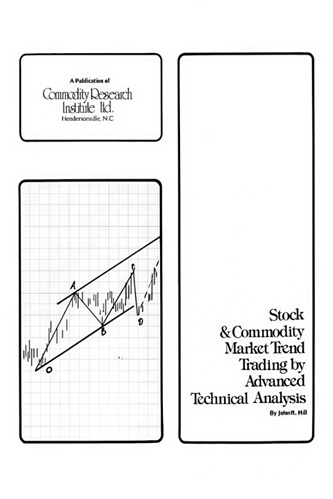
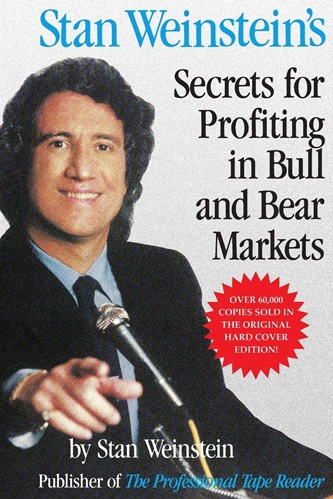
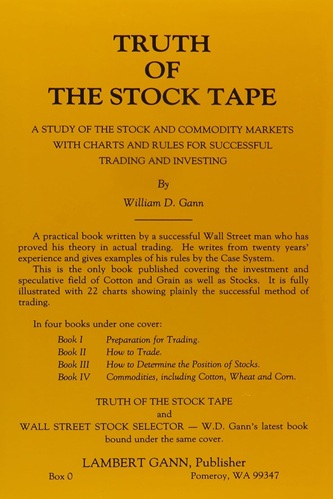
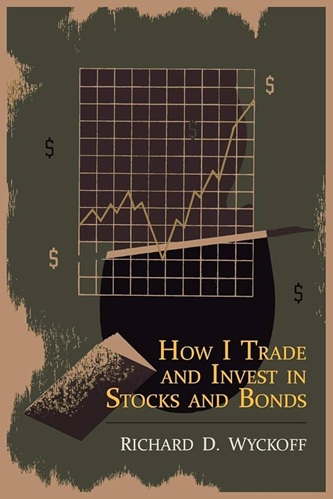
Azalea Dejesus (verified owner) –
I found this book very helpful and easy to read. I appreciated the authors sharing their years of experience in this field. It made me aware that trading is not just a bunch of numbers and I better be prepared before I get started. I would have liked to see some setup patterns in the trades section. Overall I give this book high grades.
Cash Willis (verified owner) –
I am a relatively new investor (began actively trading in 2004) who decided to enter the ForEx market amidst the recent economic downturn. I have found Bland’s treatment of ForEx trading to be extremely informative and valuable to my foray into this sector, and I look forward to applying this methodology to future trades.
Collins Avila (verified owner) –
Simply put, I had a longstanding professional and private interest in FOREX investment which made an understanding of the major approaches to FOREX investment strategies critical to investing success. Between work, professional school, and personal dedication, I probably read about 8 or 9 books dedicated to the subject, the best of which was Meisler and Bland’s FOREX essentials. Do yourself a favor and start with this book–even if you’re interested in other markets, this book is an extremely useful resource for investment strategies in general. I found the chapters on the Forum Rules of Behavior and How to Use the Forums to be particularly insightful and helpful.
Jaylen Smith (verified owner) –
This book is a mishmash of :
1) A Beginner’s guide. A bad one and nothing you cannot find online or in other better organized books.
2) Some trading rules. The 15 trades are actually supposed to illustrate some general trading rules. The trades are not annotated except for the entries and exit, with no reason for entry or exit. There is no way you can learn from the trade as there is no explanation whatsoever and it seems they were slapped on to illustrate the point (or rules). If you are looking for a trading system, forget it. Even with his one page supposed KISS trend-following system, the author managed to obscure it beyond implementation.
3) A dump of some online content. Which is available online already. The whole Shanghai BC chapter is available at the […] website verbatim. So save your money and go to the site. The site itself is rather disorganized and not for the beginners.
4) A hyped up “secret” trading method. The author (Archer) constantly refers to his secret trading method passed down by his mentor Goodman and devotes chapter 27 to an exposition of this method. This chapter is at least clearer than the other book where he started selling this method (Getting Started in Forex Trading Strategies). It is supposed to be a superior system that is better than Elliot wave. However I can tell you that it is not possible to implement it successfully based on the material in this book. Since it is a wave system, it is high subjectively and EVERY zig zag will look like a potential entry. It is possible that the author is able to make money using this method, but it would be due to his experience or other unrevealed rules or may be he just was to sell you more stuff at his site. Personally, I’ll pass on this secret method.
What I did take away from this book :
1) Chapter 6. Trader profile. The author (Archer) provided 4 trader profiles (Guerrilla, Scalper, Day Trader, Position Trader) and their respective chart time frame, targeted profit pip range etc. It is good to have this information for your own comparison and reference so you can find your own profile by trial and experimentation.
2) Chapter 8. Trading Heuristic. What the author (Archer) calls the Snow Flake Heuristic describes a Trading Plan that can be used as a reference. He describes what he does to get ready for trading, how he monitors the market and filter potential trades and finally enters into them. It’s a good description of how a trader should approach trading by determining his own trading personality and focus on making only the high probability trades.
Conclusion:
For this price, if you can get a copy at your library, read the parts I recommended (they are very short) and save your money for other books.
Rio Reynolds (verified owner) –
Having read my fair share of “how-to” books on trading a variety of financial products, I would say only a couple of them left me feeling more confident about getting into the ring, but 15 Trades is one of them. It is both comprehensive, and very compelling in its approach to the forex universe..revealing angles few have been in the game for long enough to see.
These guys were beating the forex market before many people even knew of its existence, and custom building blogs and forums for their worldwide Global-View community to enjoy well before these web phenomena became commonplace. A must read for forex traders and researchers, or anyone who is looking to gain the kind of valuable insights on the topic that are only found through long experience.
Isabelle Jaramillo (verified owner) –
I don’t usually take the time to write reviews… but felt it was a worthwhile endeavor this time. I bought a bunch of books on trading currencies to try and get more perspective on how others think about and approach the forex market. I never worked in finance, so i don’t have a personal network of connections to collaborate and share ideas with. This Global-View.com guide, more than any of the other books I picked up, gave me what i was looking for. All the books lay out specific chart patterns, market fundamentals, and different trade setups, but what set this one apart for me was the community behind it. The book is a gateway to this global network of professionals and like-minded traders around the world. It’s “crowdsourcing” and knowledge sharing at its finest, brought to bear on the addictively exciting and impossibly complex puzzle that is the fx market. The book and its authors introduced me to a live community that’s been my broadening my market knowledge and enriching my trading experience more than any ordinary book on technical studies or fundamental analysis ever could.
Hassan Townsend (verified owner) –
To make a long story short, reviewer StormFury says it all … and I subscribe 100% to his excellent review. He details on all major shortcoming of the book (and there are many).
For me the worst thing: the book’s title talks about 15 trades, so your expectations are tuned to find some EXAMPLE trades, with detailed reasoning about when these trades were entered and exited, and more importantly WHY they where entered. None of this can be fond in the book. Sometimes the author (Archer) spends as few as 3 lines for a trade, e.g. on p. 126, Analysing the trade he writes:
“In this trade I was using a formation on an hourly chart and was looking for well over 100 pips of profit. I could afford giving up some of that profit, should I be correct, since it was larger than my usual trade objective. (See Figure 11.3)”
… that’s ALL, that’s Archer’s “analysis” of a trade! Further down the entry/exit date and prices of the example AUDUSD pair are listed together with a figure that just doesn’t tell you anything. BTW, the entry date and exit date are the same (Nov. 21,2007), however, there is no entry time nor an exit time given. The figure itself only shows the letter “A”, supposedly the entry, but no exit. I could keep on going like that … it’s just a waste of time to read a book like that.
My advice, if you really want to stick your nose into the book, try to read through Chapter 27. The “Goodman Swing Count System” is supposed to be heart of the book, the key to Archer’s trading strategy. In case you will make it through the chapter, you will find that the so-called rules defined here are in most cases highly subjective. I have tried myself to find Archer’s multi-level matrices and intersections on many FX charts, with the result that his technique is no better than a throw of dice.
Alexa Ali (verified owner) –
The foreign exchange market is the world’s most active financial market. As such, it offers many opportunities to retail investors (like myself). On the other hand, due to its global, (nearly) 24/7, operation and the high amounts of leverage available, it poses many risks, particularly to those who come from outside the traditional institutional trading community.
Trading effectively on the foreign exchange markets has 3 key aspects:
1) Understanding the markets;
2) Understanding your tools (including money management);
3) Self-discipline and analysis.
Although simple to state, becoming proficient in these aspects is difficult. This is especially true for non-institutional traders (institutional traders often have the benefit of immediate mentors, and guidance from their seniors, as they learn the ropes).
John M. Bland, Jay M. Meisler, and Michael D. Archer have put together a superb framework – particularly for new-to-intermediate traders – on which to build a viable FX trading approach. They bring years of experience, supported by concise (and quite readable) writing. I would also like to add that though I have been trading FX for a decade, and stocks for much longer, I learned a good deal from the book.
In addition to the book, they also introduce the reader to the Global-View FX trading community (at […] ). This is the preeminent foreign exchange discussion site (it is not a “chat” room, and is moderated sufficiently to remove non-constructive postings while encouraging frank and open discussion). While it is largely professional, it is very open to the new trader (partticularly through it’s Help/Learning section), and to those traders (both in FX and otherwise) looking for grounded interpretations of our current economic state.
All in all, my only beef with the book is that they didn’t write it ten years ago. It would have saved me a fair bit in tuition from the School of Hard Knocks. But, as I read the book, I realize it’s never to late to learn 🙂
Riggs Benson (verified owner) –
Wow. This book was certainly helpful.I think anyone remotely interested in currency trading or even those with experience can profit greatly by reading this book. I really liked how the authors passed on their real world experiences not just class room type examples. It also functioned as a cautionary tale- trading is not just a bunch of numbers and I better be prepared before I get started. I would have liked to see some setup patterns in the trades section, but why quibble. This was a readable and most important a usable book that I will dip into often. It is definitely well worth owning. I also plan to spend some time on the global-view website. I have already found that extremely helpful and user friendly.
Olivia Jensen (verified owner) –
I liked Chap 4 – Fundamentals and Chap 25 Shanghai BC and for these alone it may be worth a read. The rest is so so. Its by no means a must have book for forex trading and really is a promotion for Global View – which is ok too.